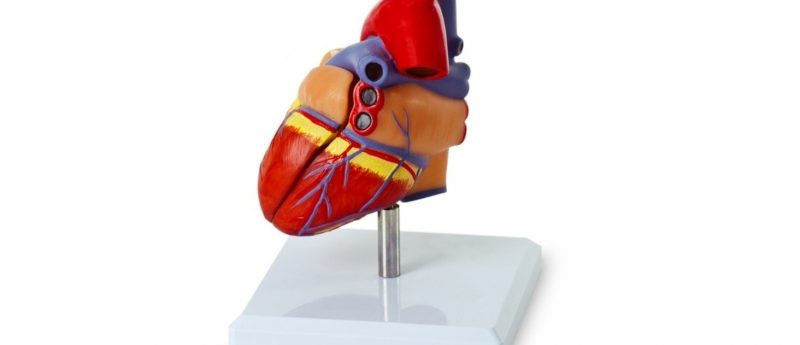Synthetic cardiac stem cells effective in mouse models

Cell-mimicking microparticle could allow development of regenerative therapies with reduced risks and technical hurdles
A collaborative team of researchers from North Carolina State University (NC, USA), University of North Carolina at Chapel Hill (NC, USA) and First Affiliated Hospital of Zhengzhou University (China) has achieved their goal of developing a synthetic cardiac stem cell. These synthetic cells offer therapeutic benefits similar to natural stem cells but could reduce the risks currently associated with such therapies, in addition to displaying improved preservation stability.
Though their efficiency has now been demonstrated in a number of indications, stem cell therapies are associated with risks of tumor growth and immune rejection. Issues with cell fragility, storage and typing/characterization prior to use have also hampered progress in the field.
In this new study, a team led by Ke Cheng (North Carolina State University and University of North Carolina) worked to develop a synthetic cardiac stem cell for use in off-the-shelf applications. The group formed a cell-mimicking microparticle from the polymer PLGA. Growth factors harvested from cultured human cardiac stem cells were then added to the PLGA, which was subsequently coated with cardiac stem cell membrane.
In a series of in vitro tests, the microparticle was shown to promote growth of cardiac muscle in a manner similar to cardiac stem cells. Testing in a mouse model with myocardial infarction demonstrated the microparticle’s ability to bind cardiac tissue and promote growth following a heart attack to be comparable to that of cardiac stem cells. The microparticle is unable to replicate, reducing any risk of tumor formation.
“The synthetic cells operate much the same way a deactivated vaccine works. Their membranes allow them to bypass the immune response, bind to cardiac tissue, release the growth factors and generate repair, but they cannot amplify by themselves. So you get the benefits of stem cell therapy without risks,” explained Cheng. “We are hoping that this may be a first step toward a truly off-the-shelf stem cell product that would enable people to receive beneficial stem cell therapies when they’re needed, without costly delays.”
Written by Hannah Wilson
Sources: Tang J, Shen D, Caranasos TG et al. Therapeutic microparticles functionalized with biomimetic cardiac stem cell membranes and secretome. Nat. Commun. 8: 13724 (2017); https://news.ncsu.edu/2016/12/synthetic-stem-cells